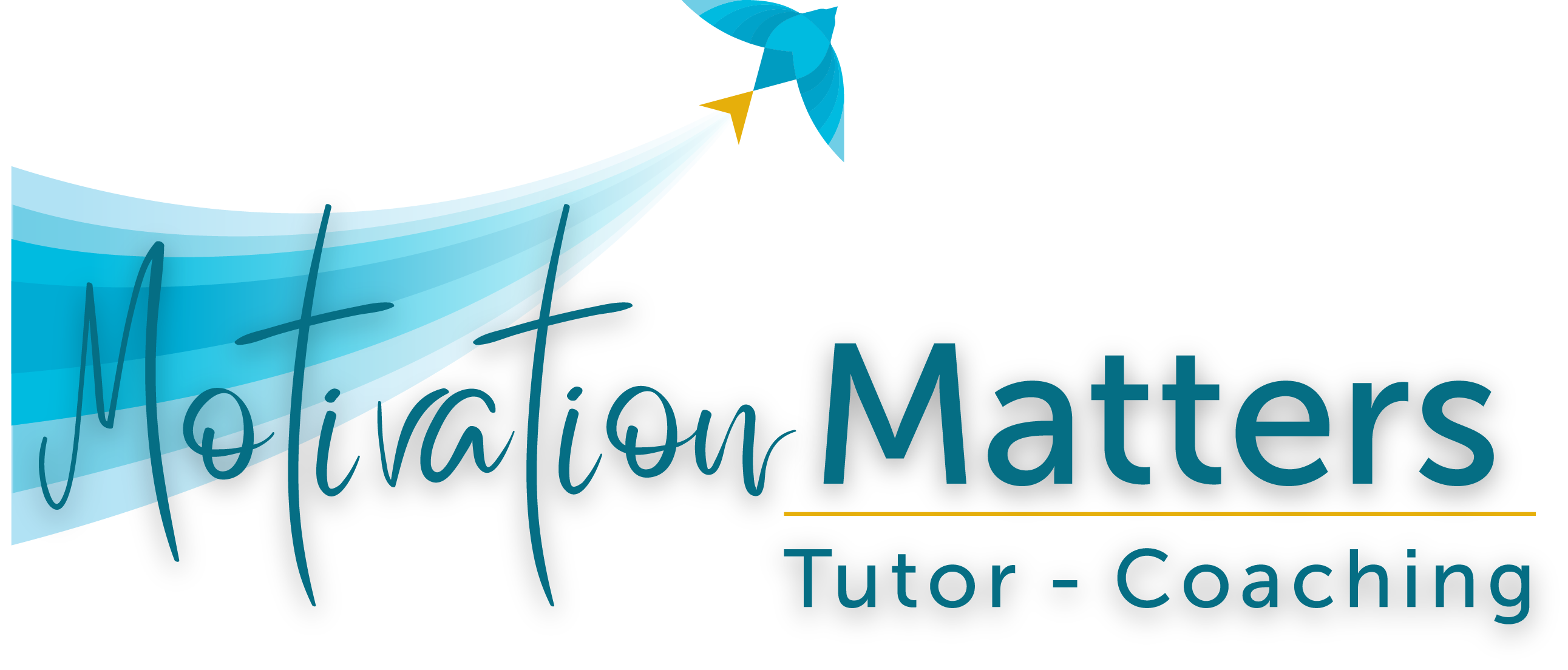You’re faced with a problem or a decision and hope for the best solution.
You’re trying to learn and wish to avoid tedious boredom and remember easier.
You’re doing a job and want to create stand out results.
You’ve got to make a presentation and worry it won’t go well.
What does it take to achieve your best? To do your best work? To get your best possible results?
Do will power, determination, and hard work come to mind? Do those work well for you? Do you achieve as often as you like?
Ever wonder how some people work with more ease and get better results? Whether it’s athletic skills, or learning, or work tasks, there are those who seem to “whistle while they work” and get a lot done very well.
Are they just brainier? From some talent gene pool?
Not at all! Young or old, mindful thinking is their secret power. Quite simply, they’re more aware than most of what they know, perceive, and think. They’re conscious of their cognition. And so, they can control, change, and upgrade it as they work.
Mindful thinking, or metacognition, avoids the fragmented, time-consuming thoughts that hamper our best efforts. It’s a powerful addition to mental networking, which we introduced in Part 1 of this series. There we presented a framework of 4 simple questions that gets you in touch with a task. Here, we explore how to make mental networking personal. This is where you’ll discover an easy way to tap into your capabilities – all those skills, strategies, and knowledge that are your resources for achieving your best.
Best of all, metacognition is not a grit, grim, and grind method. Once you understand it, you use it as you complete tasks – no extra practice is needed. And it promotes your best, achievement results every time! Intrigued? Here’s what you need to know:
Metacognition and Your Amazing Observer
Have you heard of metacognition? Unfortunately, many people have not, and it should be right up there with the 3 R’s as an essential part of what we teach in schools. Why is it so important? It makes Reading, wRiting, and aRithmetic easier to learn and more powerful to use.
And the benefits don’t stop there. Planning, critical thinking, creative thinking, systems thinking, goal-setting are just a few examples of metacognition in action. In addition, metacognition provides exceptional results for all learning, decision making and problem solving, as well as personal and professional development. It is the achievement maker! And it’s a skill that can be learned and improved by all at any age.
What is Metacognition?
The word “metacognition” literally breaks down to in the midst of (meta) and knowing (cognition). It’s often defined as thinking about thinking or, even simpler, reflective thinking.
Have you ever added up some numbers and thought “that’s not right”? Or written a word and known you misspelled it? Or read a page and realized you didn’t know what it said? That little voice was your metacognition kicking in.
But metacognition is not just an after task, error finder. It’s a systematic, mental networking approach used before, during, and after any activity. And like a good exercise routine, it promotes our best as well as ongoing progress. Here’s how that happens.
- We all know that a warmup gets the body ready for effort. Skip that and we risk strains, sprains, and reduced performance. Similarly, mental warmups get the brain and mind on task and fired up to put forth effort. Skip this and we get less attention, alertness, and motivation.
- A workout builds up coordination, strength, speed, or flexibility. Without it, there’s no progress. Likewise, in the world of thought, the workout is where the learning and achievement happen. A poor workout keeps us stagnant, stuck in old patterns, with little or no learning and progress.
- The cool down helps the body recover and incorporate the results of our efforts. Skip it and we might experience dizziness, stiffness, and cramps. An intellectual cool down is essential to prevent mental fatigue from switching to a new task too quickly. It also allows the brain time to consolidate new information into our memory banks and recognize how to use it in the future.
What is the Observer?
The observer is metacognition plus! It’s where we are not only aware of our thinking, but also can judge it objectively. It’s our amazing human ability, but it only works when we are self-aware. Then, we can act and judge how we’re doing at the same time!
Remember that note you took down in a math class all the while knowing it didn’t make sense? Or remember that grocery list of 10 items and thinking “I’ll never remember this”? Better yet, did you then take action and jot down a shopping list? All of those were your observer – the objective awareness that judged what you know, what you can do, and what you can do to improve that.
You can call on the observer any time you are thinking about your thinking, what you know, how to do a task, or how to improve. With any of that in mind, simply ask questions like these: How am I doing? Is this the best I can do? What should I add? Delete? Change? Skip? Then listen for the evaluations and suggestions. They come from all you know about how to create your personal best!
Achievement – Creating Excellence on the Go
Achievement doesn’t just happen. It’s created as you work. How? First use effective strategies to get the benefits of the warmup, workout, and cool down phases. Then, invite your observer’s critique. And, contrary to what a lot of people believe, these two steps don’t take a lot of time. The methods can be as quick as a thought flash. Here’s a list of easy ways to do both.
Warmup and Get Motivated
Plan and prepare for your best! Namely, design, dream, invent, envision, plot, and get inspired! (2 minutes+)
- Preview the task. Think about what you know. Be curious about what’s new.
- Start with the end in mind. Set goals.
- Imagine the best results.
- Inspire yourself with visions of the benefits, rewards, and achievement feelings.
- Think up the best approach. Create a map, or list action steps that you want to do.
- Research what succeeders do; copy them!
- Ask your observer questions like: What do I know about this topic? Have I done a task like this before? What strategies could I use? What worked last time?
Workout and Oversee Your Efforts
Monitor your efforts. That is, observe, guide, advise, orchestrate, organize, manage, mastermind, or direct your work. (Work in 20-60 minute spurts.)
- Check your comprehension. Identify what you do and don’t understand.
- Divide and conquer. Break long or complex texts and tasks into smaller chunks.
- Use tried and true strategies from succeeders. Don’t reinvent the wheel.
- Focus completely on one task. Eliminate distractions and don’t multi-task.
- Take breaks. Avoid the boredom, mind wandering, and fatigue that brings on errors.
- Use active thinking. Put more on paper and do less in your head. Do something as you think: take notes, create visuals.
- When things go wrong, stop, shift, and/or seek out expert help.
- Reward yourself! Praise every little success along the way.
- Don’t wait until the big finish to think about your methods. As you work, ask your observer questions like: How am I doing? What should I do next? Should I try a different strategy?
Cool Down to Evaluate Your Results
Evaluate your results and celebrate your efforts! In other words, own, praise, recall, note, applaud, recognize, judge, and test-drive what you’ve created! (2 minutes+)
- Review the new information and your notes. Look over your step-by-step work.
- Look at your final results with a positive view. What’s well done or excellent?
- Enjoy your rewards! Celebrate your success – even if there are just small parts.
- State in words what you have achieved.
- Share your work.
- Think about how to use your results in other tasks or in the future.
- Ask your observer questions like: How well did I do? Did I achieve my goal(s)? Are there errors or weaknesses I could improve? Is there anything I still don’t understand? What could I do differently next time?
You undoubtedly know about many of these strategies. But do you use them? If you’re not getting your best results, ask yourself these two questions:
- Am I using enough strategies to get the positive effects of that phase?
- Am I using them consistently in the warmup, workout, cool down sequence?
In the End …
For many students and adults, thinking is haphazard and not their best simply because they’re not thinking about their thinking. For them achievement is shrouded in mystery. It seems to be a gift of the gifted. But in reality, research shows that much of the gift comes from using the mental networking skill of metacognition.
Metacognition makes mental networking personal. It’s the way to call forth our best capabilities – our knowledge, know-how, skills, and thinking! And it’s a skill we can all develop by
- Being aware of what we know and perceive
- Thinking about our thinking
- Applying a warmup, workout, cool down approach to tasks
- Calling on our observer to evaluate our efforts
- Using enough effective strategies to create excellence and our best achievement
Our next and last blog in this series will cover the mental networking methods that create lasting memory. They’re game changers for everyone!
Be sure to sign up for our newsletter, if you’re not already on our list. You won’t want to miss the next performance enhancer!
Don’t miss a single IN-Powering© article!
Sign up for our newsletter to stay up to date on all things MMTC.
Don’t miss a single IN-Powering© article!
Sign up for our newsletter to stay up to date on all things MMTC.


